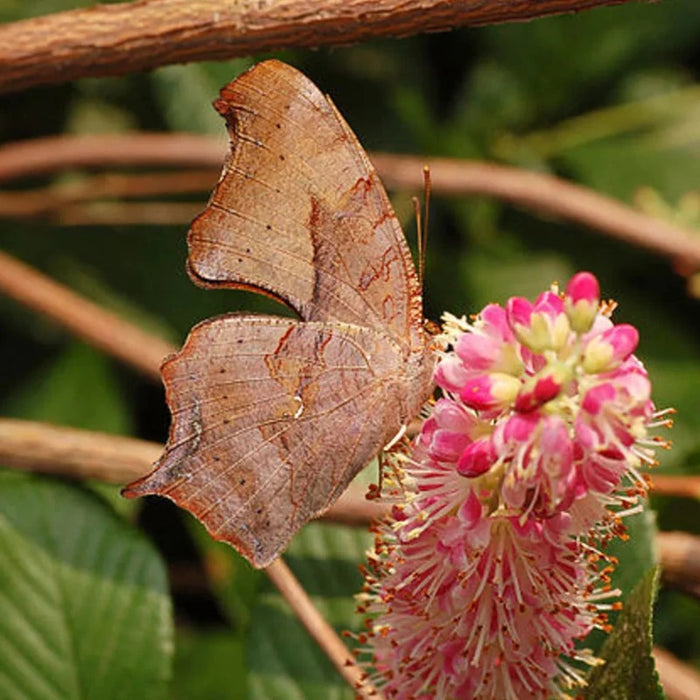
Summersweet Shrub Seeds
Save 50%
Original price
$10.00
Original price
$10.00
-
Original price
$10.00
Original price
$10.00
Current price
$4.99
$4.99
-
$4.99
Current price
$4.99
Discover the beauty and benefits of growing Summersweet Shrub Seeds with our expert guide. Enhance your garden with the enchanting fragrance and exquisite blooms of this must-have shrub. With easy-to-follow instructions, you can effortlessly create a flourishing garden adorned with captivating pink blooms.
Specifications:
- Color: Produces soft pink blooms that brighten up gardens with gentle seasonal color.
- Plant Seeds: Sow outdoors after the last frost or start indoors a few weeks earlier for a start.
- Plant Height: Grows between 6 to 10 feet tall, creating a bold vertical presence in garden spaces.
- Plant Spacing: Space plants 9 to 12 feet apart to give them room to grow and spread.
- Bloom Time: Blooms from spring to early summer and can flower again later in the season.
- Hardiness Zone: Suitable for USDA zones 4 to 8, thriving in a variety of climates.
- Light Requirements: Prefers full sun for the healthiest growth and best bloom production.
- Soil & Water Preferences: Grows well in average soil with regular watering needs.
-
Quantity: Each pack includes 50 seeds, great for filling large beds or naturalized areas.





